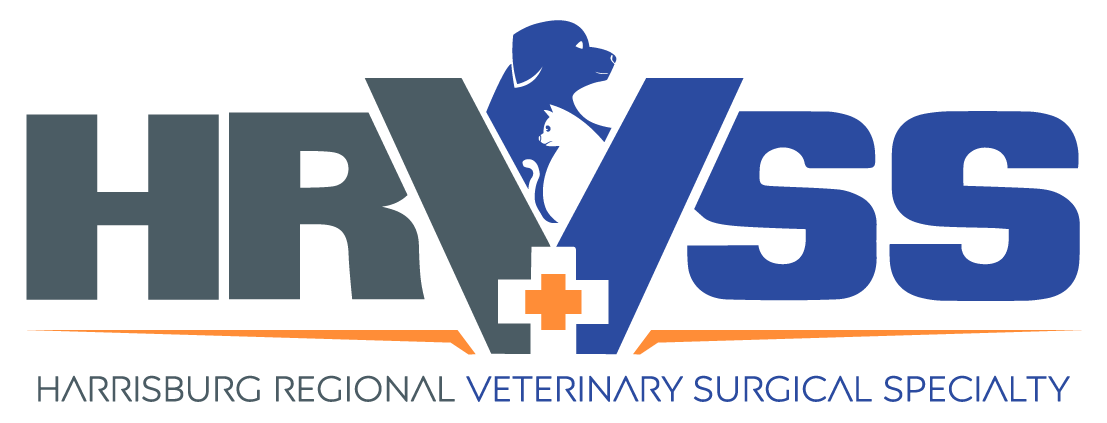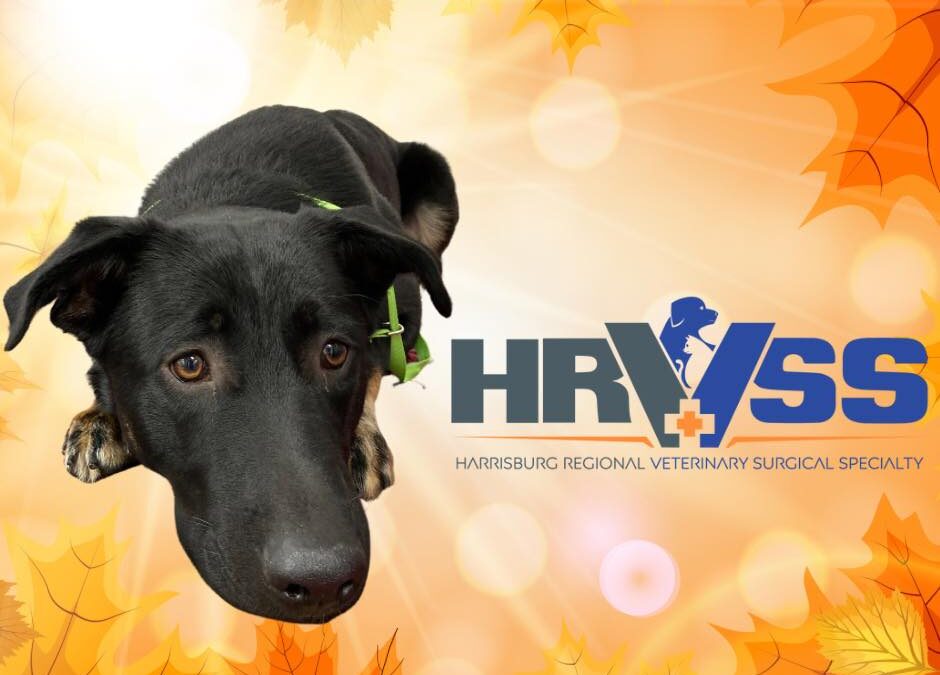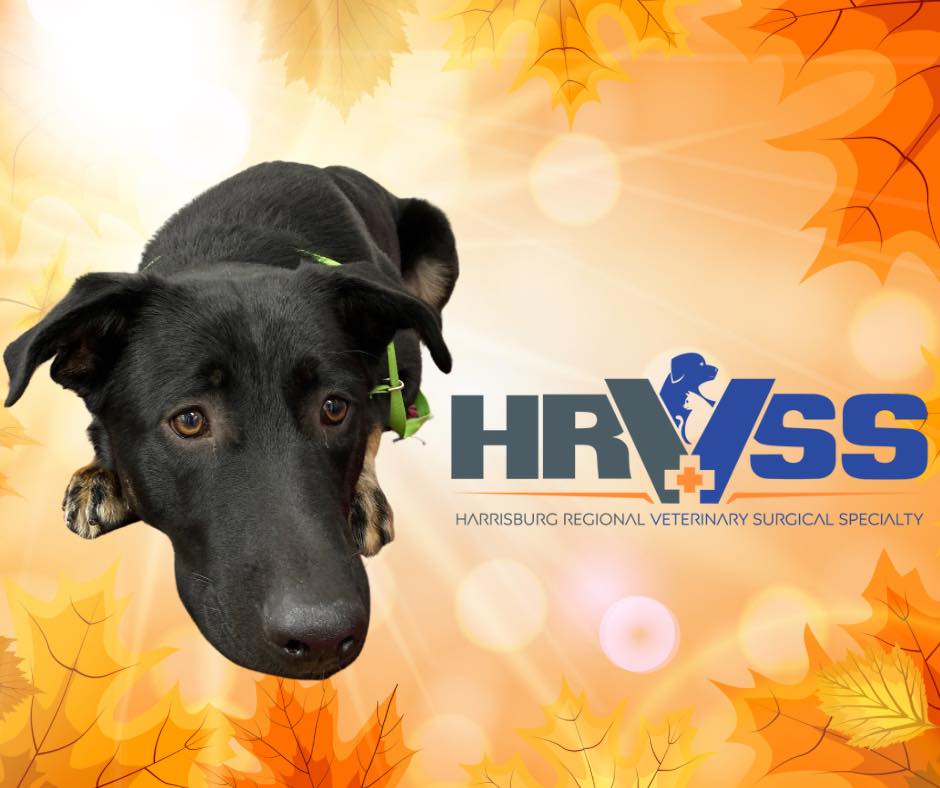
“I could tell he was in a lot of pain, even though he did a good job hiding it and continued to act like his crazy self despite his limp.”
Rocky, a sweet 10 month old German shepherd, was limping in the right front leg.
It started when he was 9 months of age, then it kept getting worse despite pain medications and rest.
An orthopedic exam suggested that the pain came from the shoulder.
X-rays of the of the shoulder showed an irregular and flat area.
This is a classic sign of OCD, which is short for Osteo-Chondritis Dissecans.
Here is the X-rays:
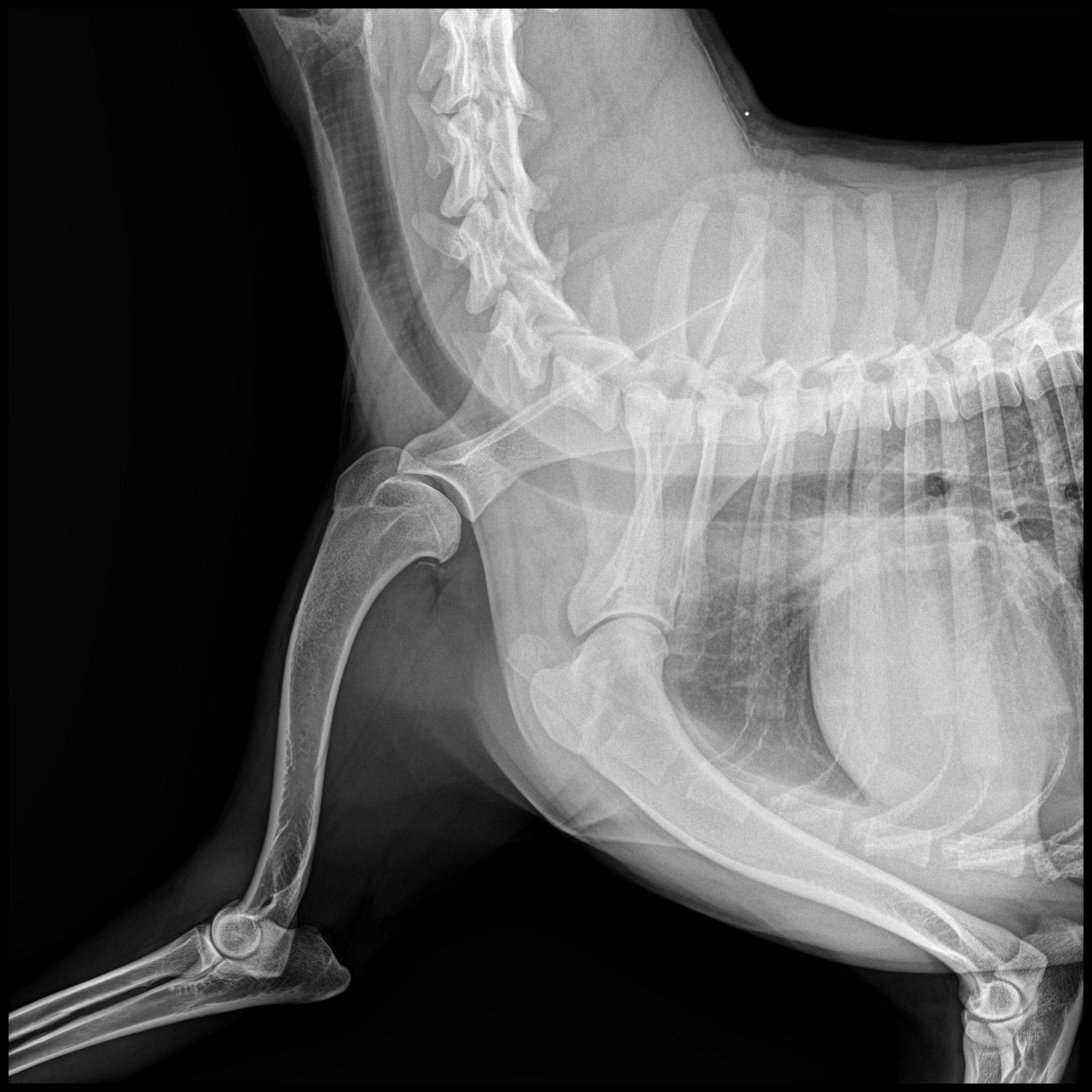
Can you see the lesion?
Do you see the flattened and irregular area?
Here it is, with red arrows:

This is a condition occasionally found in young dogs, usually in large breeds.
It is most common in the shoulder, and can also happen in the elbow, the hip, the knee, and the ankle.
Fortunately for Rocky, the best outcome is with OCD of the shoulder, as opposed to other joints.
We’re not quite sure how and why OCD happens.
It may be because of nutrition, a fast growth rate, trauma, or genetic factors.
Bottom line: a piece of cartilage comes off the joint, and moves around inside the joint.
Think of it as a pebble in your shoe. It hurts!
The treatment involves removing the piece of cartilage.
Because this can be a genetic condition, Rocky’s owner wisely decided to get him neutered during the same anesthesia.
The day of surgery, a small incision was made over Rocky’s shoulder.
After exploring the joint, we found and removed a huge piece of cartilage.
After that, the area where the cartilage was missing needed to be cleaned up so new cartilage can form and provide a smooth surface for the joint to work properly.
Then our pup was castrated, to prevent him from spreading bad genes (among other benefits).
The piece of cartilage was the size of a dime!
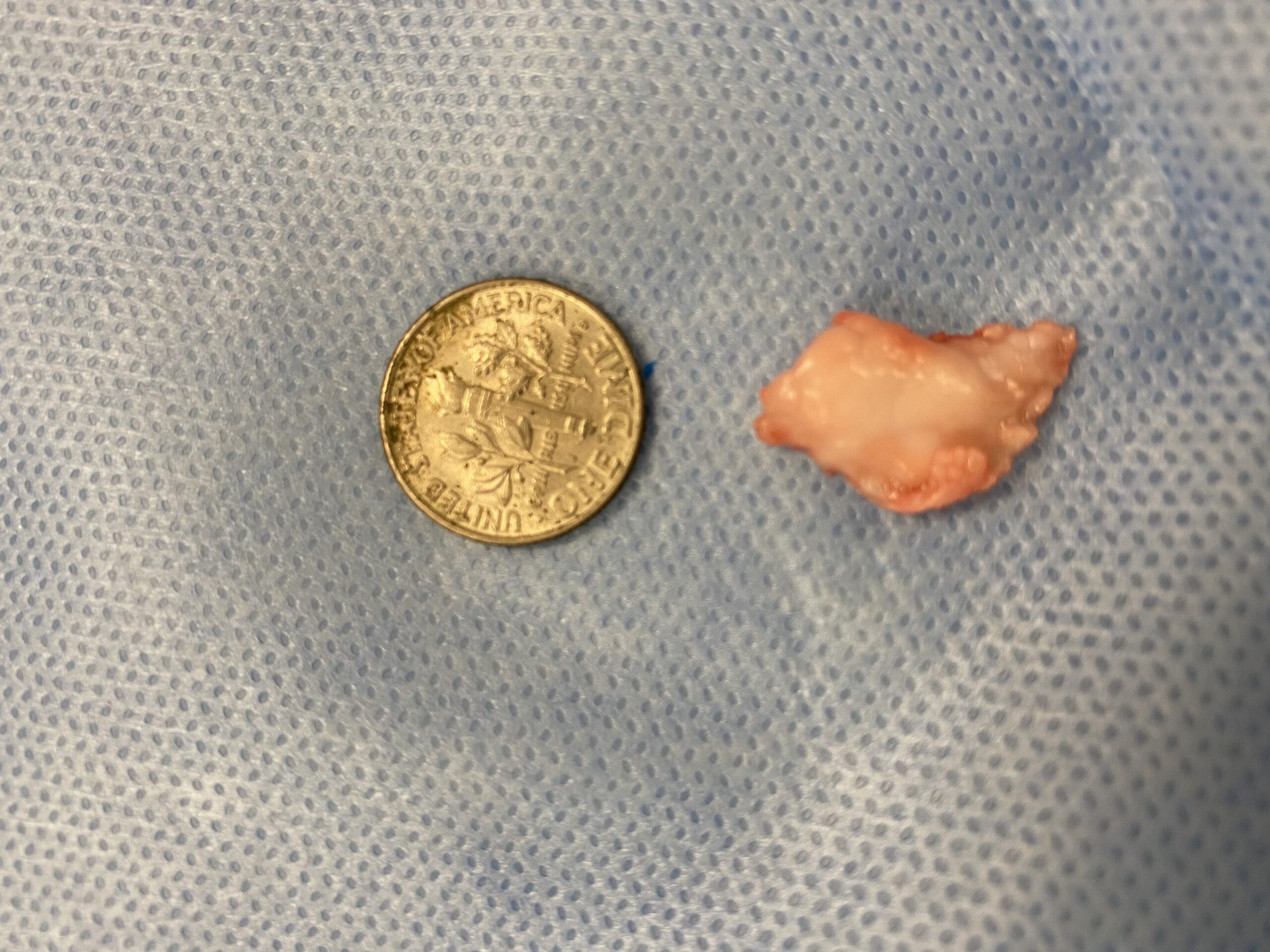
After seeing it, his owner commented: “I could not believe the size of the lesion that was taken out of his shoulder! It made me realize how much pain Rocky must have been prior to surgery, and even happier that he got the surgery he needed.”
Rocky recovered smoothly from anesthesia.
After one night on strong pain medications, he went home the next day.
Instructions at home included a plastic cone around his head for 2 weeks. He also needed very strict rest, physical therapy of the shoulder, and short leash walks for 4 weeks.
After just 1 month, his owner commented: “Rocky is no longer limping and is ready to get back to his normal lifestyle. He acts like his normal, crazy, energetic self.”
We then slowly increased his activity level to transition him out of strict confinement.
And 2 months after surgery, Rocky was able to go back to his crazy, happy, rambunctious German shepherd life…
His owner concludes: “He is doing very well on his walks and is not showing any signs of limping or pain. He is very excited to get cleared so he can run around the yard and chase the bunnies 🙂 ”
If you would like to learn how we can help your pet with safe surgery and anesthesia, please contact us through www.HRVSS.com
Never miss a blog by subscribing here: www.HRVSS.com/blog
Phil Zeltzman, DVM, DACVS, CVJ, Fear Free Certified
